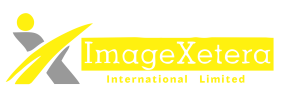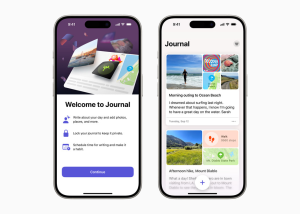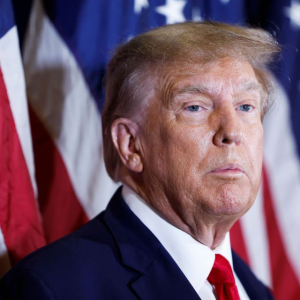Fake news is a term that has become widely used in recent years, especially in the context of politics and social media. But what exactly is fake news, and how does it affect the way we perceive the world around us?
Fake news is not just inaccurate or misleading information. It is information that is deliberately created or manipulated to deceive, influence, or harm others. Fake news can take various forms, such as fabricated stories, distorted facts, manipulated images, or false claims. Fake news can also have different motives, such as political propaganda, financial gain, ideological agenda, or personal vendetta.
Fake news is not a new phenomenon. It has existed throughout history, from ancient rumours and hoaxes to modern propaganda and conspiracy theories.
However, the rise of digital technologies and social media has made fake news more prevalent, pervasive, and powerful than ever before.

According to a report by the Reuters Institute for the Study of Journalism, people are increasingly discovering news content through social media and search engines, rather than accessing news organisations directly.
This means that people are more exposed to a variety of sources and perspectives, but also more vulnerable to misinformation and fake news.
The report also found that people have different strategies to cope with misinformation and fake news, such as consuming fact-based media, seeking repetition of information across outlets, fact-checking, and trusting personal contacts.
However, these strategies are not always effective or reliable, as people may have biases, preferences, or limitations in their information processing.
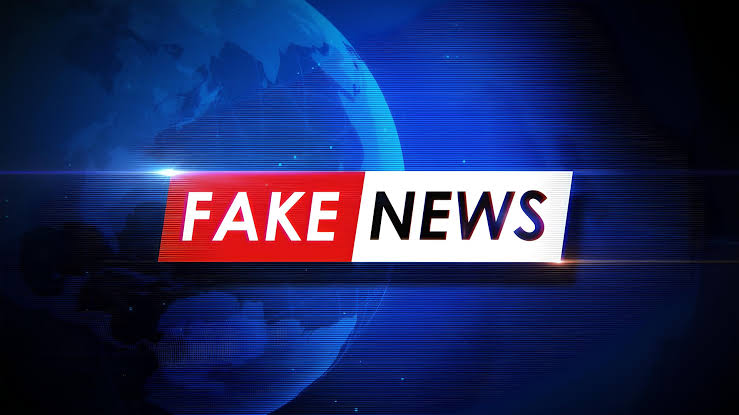
The impact of fake news on public perception can be significant and harmful. Fake news can:
- Erode trust in media, institutions, and authorities
- Polarise opinions and create echo chambers
- Influence attitudes and behaviours
- Incite hatred and violence
- Undermine democracy and human rights
Some examples of how fake news has affected public perception in recent years are:
- The COVID-19 pandemic: Fake news stories proliferated on social media during the crisis, such as 5G towers causing the virus, or hydroxychloroquine being a cure.
- In March 2020, at the onset of the COVID-19 pandemic, a fake letter attributed to the World Health Organization (WHO) circulated on social media, advising Nigerians to drink hot water and salt every morning to prevent infection.
- In August 2014, we witnessed Nigerians scrambling for salt-water bath for protection from the deadly Ebola virus after the fake info went viral…
These stories may have caused confusion, fear, or harm among some people.
How can we combat fake news and protect public perception?
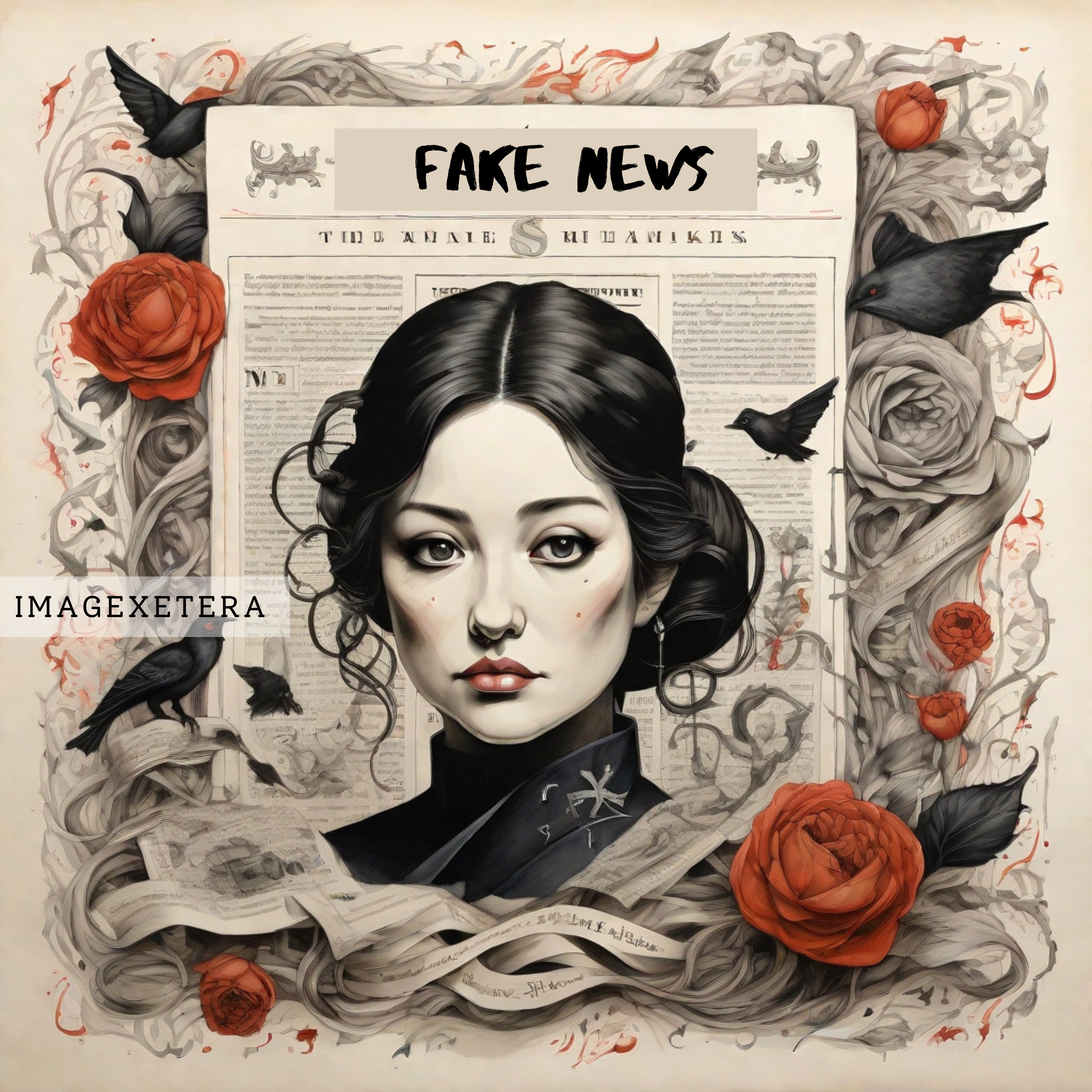
There is no easy or definitive solution to the problem of fake news. It requires a collective effort from various actors and stakeholders, such as media organisations, platforms, governments, civil society, educators, and citizens.
Some possible ways to combat fake news and protect public perception are:
- Promoting media literacy and critical thinking skills among the public
- Enhancing transparency and accountability of media sources and platforms
- Supporting independent and professional journalism and fact-checking
- Encouraging dialogue and diversity of views among different groups
- Fostering a culture of respect and responsibility for information
As we face the challenge of fake news, we also have the opportunity to make a positive difference. We can use our voices, our actions, and our platforms to spread awareness, to educate others, and to advocate for change.
We can also support and collaborate with organisations and initiatives that are working to combat fake news and protect public perception. Here are some examples of such organisations and initiatives:
- [Full Fact]: A UK-based independent fact-checking charity that checks and corrects claims made by politicians, media, and public figures. They also campaign for better information in public debate and provide tools and resources for people to check facts themselves.
- [NewsGuard]: A US-based company that provides trust ratings and detailed reviews for thousands of news and information websites. They use a team of trained journalists and analysts to evaluate the credibility, transparency, and accuracy of online sources. They also offer a browser extension that displays the ratings and reviews for users.
- [First Draft]: A global non-profit organisation that supports journalists, researchers, and civil society in tackling misinformation and disinformation. They provide training, resources, and research on how to verify, monitor, and report on online information. They also coordinate collaborative projects and networks to address specific issues or events.
- FactCheck Initiative: A non-profit organisation that aims to prevent the spread of fake or misleading news, gossips and stories across Africa. They verify all claims made in the public domain, sensitize the public on how to spot original versus false content, and complement the efforts of government and other institutions in achieving a state of authentic information.
- Africa Check: A non-partisan organisation that promotes accuracy in public debate and the media across Africa. They test claims made by public figures, institutions, and the media using evidence and experts, and publish their findings and sources online. They also provide training and resources for journalists, civil society, and the public on how to fact-check.
- Dubawa: A Nigerian-based initiative that provides a platform for factual and unbiased reporting. They monitor the accuracy of information in the public space, expose and correct false or misleading claims, and promote media literacy and ethical journalism. They also collaborate with other fact-checking organisations, media outlets, and civil society groups to combat misinformation.
- CrossCheck Nigeria: A collaborative project that brings together newsrooms, civil society, and technology partners to verify and amplify accurate information during elections. They use a combination of online tools, social media monitoring, and field reporting to investigate and debunk false or misleading claims that could affect voter behaviour or trust in the electoral process.

These are just some of the examples of how we can join the fight against fake news and protect public perception. There are many more ways that we can contribute to this cause, depending on our skills, interests, and resources.
The important thing is that we do something, rather than nothing. Because fake news is not just a problem for others, it is a problem for all of us. And we all have a role to play in solving it.
Please share your opinions or suggestions in the comment section below.
